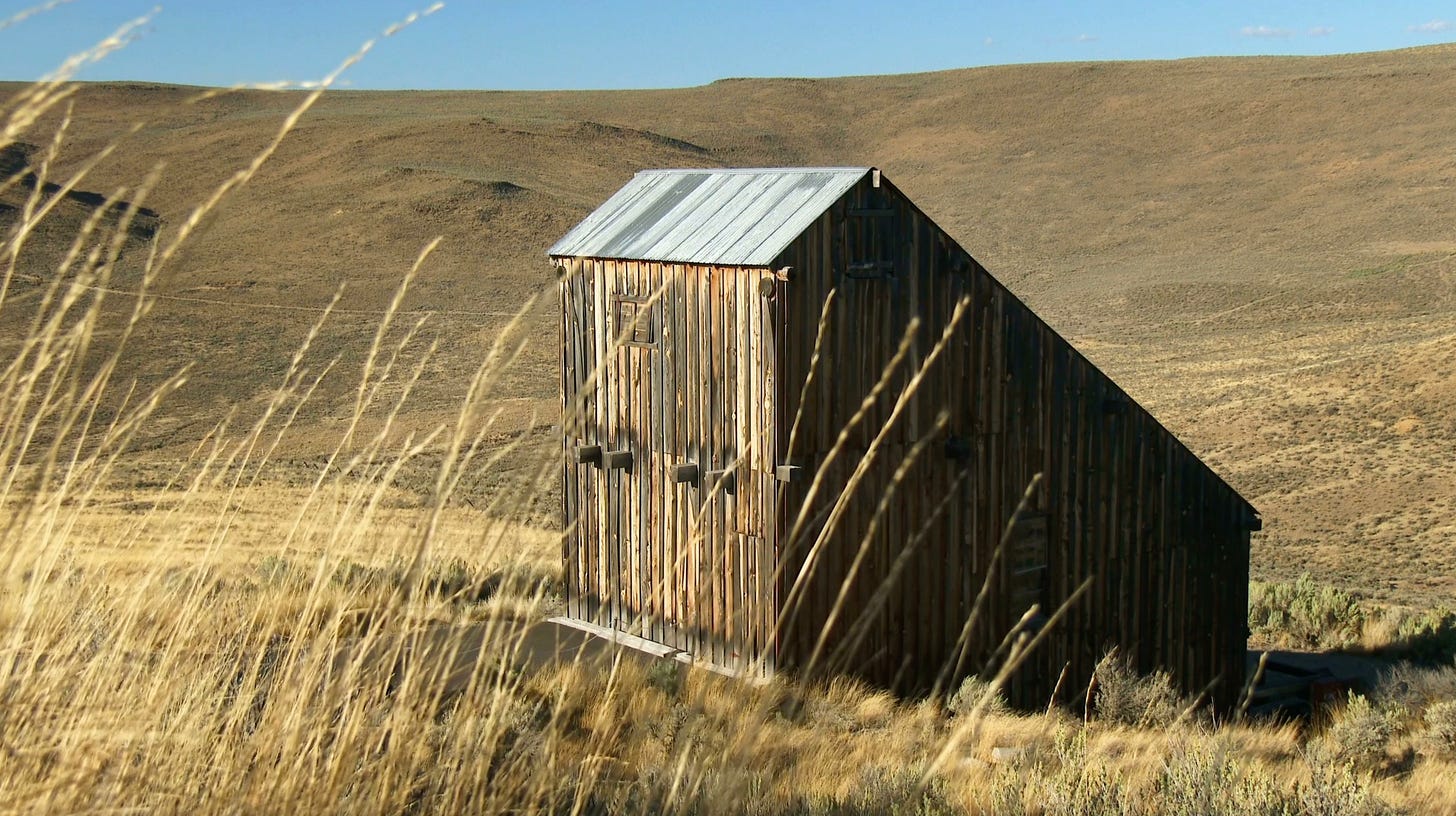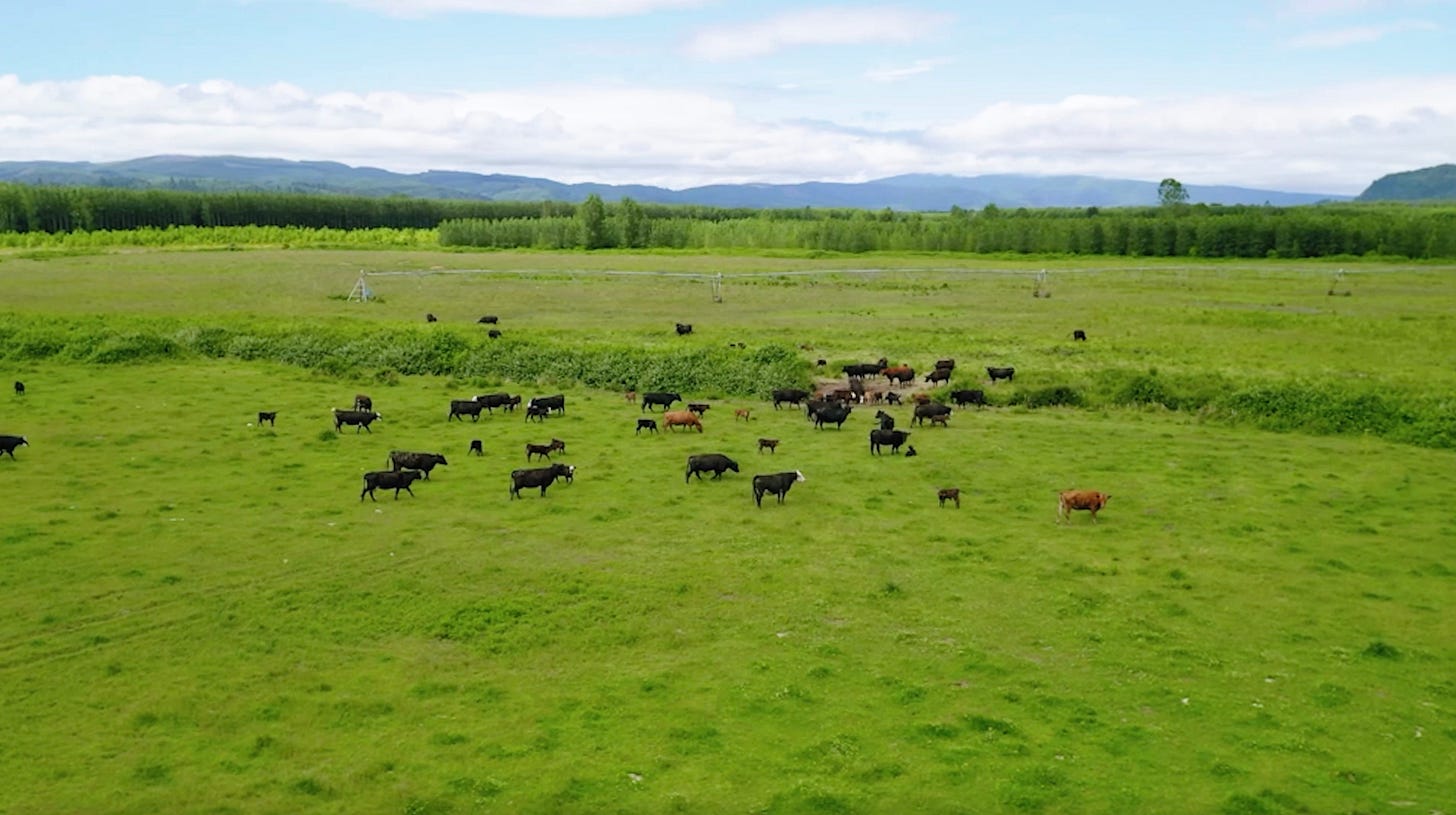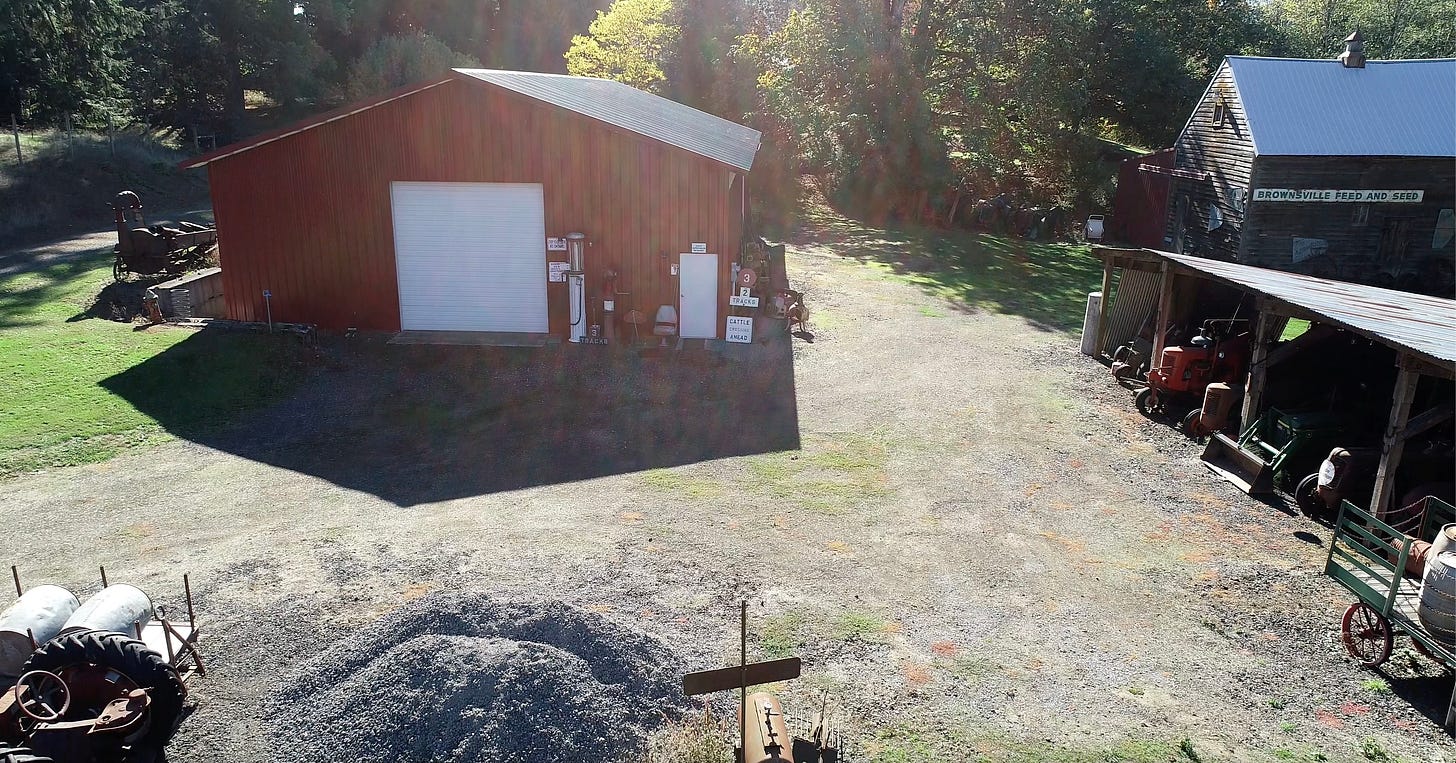Oregon's Farms Regulated Out of Existence
How Oregon’s Small Farms Are Being Strangled by Policy
In a state that prides itself on sustainability, food justice, and local resilience, Oregon’s regulatory trajectory tells a different story—one of mounting pressure on the very farmers who uphold those values. From water rights crackdowns and confined animal feeding operation (CAFO) overreach to the most recent overhaul of farm stand rules, small farmers across Oregon are sounding the alarm. The pattern is clear: small farms are being regulated out of existence.
While policymakers claim to be preserving farmland and public resources, the cumulative effect of rulemaking has disproportionately harmed those operating on the smallest scale—those growing for farmers markets, CSA shares, school visits, and agritourism. This report examines the web of recent regulations suffocating small agricultural enterprises in Oregon and offers a detailed analysis of the farm stand rules that may deliver the final blow for many.
Kotek’s Escalating Pressure
Water Rights Enforcement (2023–2024)
In 2023, Oregon’s Water Resources Department began enforcing long-dormant water rights laws that required any commercial farm, regardless of scale, to obtain water rights for irrigation. Small market gardeners—some operating on less than half an acre—were issued warnings or cease-and-desist orders for using domestic wells to irrigate vegetables sold at farmers markets.
Impacts:
Farmers were told to stop irrigating or pay thousands in legal fees and permitting costs.
Wait times for permits stretched beyond 18 months, with no guarantee of approval.
HB 3372 was proposed in 2025 to exempt some small farms, but it remains stalled.
“It’s like being told the well you’ve used for 20 years is suddenly illegal because you sold a carrot,” said one Columbia County grower.
CAFO Redefinition and the Raw Milk Crackdown (2023–2024)
That same year, Oregon’s Department of Agriculture quietly reinterpreted CAFO rules to include small raw milk dairies with as few as two cows. These farms were suddenly required to install full-scale manure containment systems, apply for costly permits, and file nutrient management plans.
Impacts:
Several farms halted milk production rather than comply with industrial-scale regulations.
A lawsuit forced the state to reverse course in 2024, but not before significant financial and emotional damage was done.
SB 85 (2023) further tightened CAFO oversight, applying to small poultry and hog operations unintentionally caught in the dragnet.
“We weren’t polluters, just milk producers. They treated us like Tyson,” said a small dairy farmer from Linn County.
Livestock & Manure Management Delays
Following new water quality protections, even small-scale pastured poultry farms were required to obtain water permits and develop nutrient plans. Many couldn’t get timely responses from the Oregon Department of Agriculture, causing major delays and halting expansion projects.
Impacts:
At least one family’s $85,000 poultry investment was indefinitely shelved due to permitting uncertainty.
Small farmers, lacking dedicated compliance staff, were left behind as industrial farms moved forward.
The New Farm Stand Rules: Clarifying the Law or Crushing Small Farms?
In 2025, the Oregon Department of Land Conservation and Development (DLCD) proposed new rule language for farm stands—arguably the most visible and community-facing aspect of Oregon’s small farm economy.
The stated goal: Clarify and enforce the difference between farm stands, retail businesses, and agritourism.
The actual outcome: A sweeping regulatory shift that will cut off essential revenue streams, force small farms into complex permit systems, and dramatically reshape how farms can interact with their communities.
What the New Rules Say
Cap on Farm-to-Table Events
Farms may host no more than 17 fee-based meal events per year under the farm stand category.
Anything beyond that limit will require an agritourism permit and a farm impact assessment, triggering additional paperwork, planning requirements, and the potential for denial by county authorities.
Restrictions on Product Sales
Only products grown or processed on the farm may be sold under the farm stand designation.
Branded merchandise, prepared foods, partner crafts, and similar items are capped at 25% of gross sales and must meet detailed “incidental use” tests.
Farmers may be required to submit IRS tax transcripts, sales records, or itemized inventories to prove compliance with these sales ratios.
Parking and Infrastructure Requirements
Farms must now provide off-street parking with dust-free surfaces, adequate turning radii for emergency vehicles, and sight-clearances at driveways and intersections.
ADA compliance may be enforced, depending on county interpretation, including accessible parking and restrooms—even for small, seasonal operations.
In some cases, buffer zones or screening (trees, fencing) are required between the farm stand and neighboring properties.
These requirements apply regardless of whether the stand is permanent or seasonal and may trigger zoning review, site plans, and construction permits, adding significant upfront costs.
"We're selling squash on a folding table, not opening a strip mall," said one Columbia County farmer frustrated by the infrastructure demands. "But now I need engineered gravel and a traffic impact study?"
Limits on Structures and Promotions
Temporary tents, canopies, or benches are only allowed for direct farm product promotion.
Any structure or activity deemed “entertainment” or “non-essential” (e.g., hayrides, birthday parties, pumpkin carving kits, live music) will require separate agritourism permitting.
These limits extend even to seasonal community events, like fall harvest festivals or U-pick strawberry weekends, if they include any ancillary sale or attraction not strictly tied to on-site agricultural output.
Ongoing Enforcement and Audits
All farm stand operations must undergo permit renewals every 7 years.
Counties are authorized to impose fees, conduct site inspections, and revoke approvals if the farm is found in violation.
Documentation audits—including financial statements and sales reports—may be used to monitor the 25% cap on incidental items.
What This Means for Small Farms
A Gut Punch to Diversified Income
Farmers rely on fall festivals, seasonal events, farm-branded merchandise, and simple community meals to survive tight margins. With these avenues restricted or regulated out, farms will struggle to make ends meet.
“It’s not the pumpkins we make money on—it’s the carving kits, the cider, the families who come back every year,” said a Lane County farmer. “Without that, we can’t keep the gates open.”
Regulatory Burden Favors Big Ag
Larger farms with full-time staff and cash reserves can absorb the new costs and navigate permitting. Small farms? Not so much.
“These rules don’t stop big farms from opening wine tasting rooms or hosting weddings. But my four-acre farm can’t sell jam in a tent without being labeled a lawbreaker?” asked a frustrated grower near Ashland.
Loss of Community and Educational Access
From school field trips and petting zoos to farm camps and pick-your-own berries, the new structure and activity limits will make rural access harder—especially for families, educators, and youth programs.
“How does making it harder to host kids on a farm protect farmland?” questioned one parent.
A Pattern That Can't Be Ignored
From water and livestock policies to now farm stand restrictions, the cumulative effect is undeniable: Oregon’s small farms are under siege from regulations designed without them in mind.
This isn’t an attack from a single agency or law. It’s systemic oversight—rules meant to curb abuse or preserve farmland are instead burdening the very farms doing it right: small, diverse, sustainable, and rooted in community.
The Road Ahead
If Oregon hopes to preserve local food, rural communities, and environmental stewardship, it must:
Scale regulations proportionally.
Involve small farmers early in the rulemaking process.
Recognize that agritourism and direct sales are lifelines, not luxuries.
Small farms don’t need a handout. They need breathing room.






